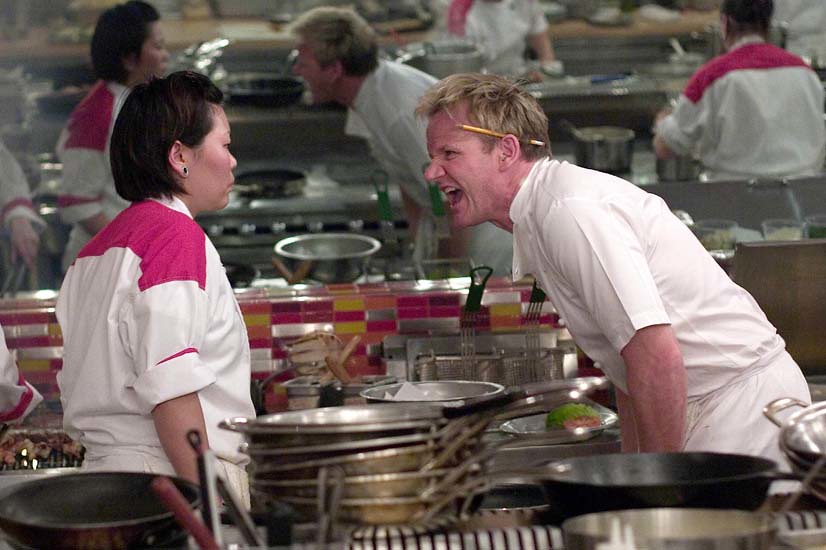When Have You Acquired a Donor?
When you received their donation, right? Once you have their sweet sweet cheddar in your bank account, the person has made a donation. Thus they are a donor. They have been acquired. Q.E.D. On to the next blog post.
 But let’s consider this in reverse. You go to a new restaurant. It’s so horrid you imagine Gordon Ramsay calling people [redacted] donuts in the kitchen. You pay your bill and vow never to return.
But let’s consider this in reverse. You go to a new restaurant. It’s so horrid you imagine Gordon Ramsay calling people [redacted] donuts in the kitchen. You pay your bill and vow never to return.
Are you a patron of that restaurant?
After all, they have your dolla dolla bills in their bank account. They’ve acquired you!
Viewed through this lens, our definition of acquisition could use some work.
I would propose acquisition ends and donor cultivation begins when they give you one (or more) of three things:
- Permission to content them again, whether through the same channel or others.
- Information that allows you to better to communicate with them (not “talk to them” – this should be a two-way street)
- A second gift
Donor onboarding often focuses on this last goal to the exclusion of the other two. The challenge is that getting permission and/or information first makes getting a second gift so much easy. We’ve previously talked about a few examples of benefits of asking for information at the moment of acquisition or close to it:
- Asking potential telemarketing donors whether they were cat people or dog people, then working that back into the script, increased response rate by 15% and average annual gift by 10 pounds.
- Asking face-to-face donors about their commitment to the organization and satisfaction with the experience while the solicitor was still there helped Amnesty Belgium increase their six-month retention from 60% to 80%.
- Asking donors how they most want their gift used (without restricting the gift) substantially increases how much people like the giving experience
- And asking donors what channels what communications channels they prefer also substantially increased their liking of the process.
It’s for this reason Roger calls this learning period the most important step in donor acquisition. Not cultivation – we’re still acquiring that donor. There are a few key things to ask about and listen for: donor identity, commitment, satisfaction, and preferences. You can do it in any medium relatively easily once you’ve made the decision to do so.
Once you have these pieces of information, donor cultivation begins. But it’s no longer the one-size-fits-all cultivation they would have received before. You can now change their journey by:
- Identity and topic area, like our cat versus dog people. That customization doesn’t have to stay in the telemarketing script – that’s now a part of the record of who that donor is and what they want to hear about.
- Channel/medium. This can change over time – as people build trust with you, they may be more likely to give you their cell number, email address, postal address, etc. But knowing what they do and don’t like at first is a pre-condition of that trust.
- Your committed donors don’t need a bunch of introduction communications; they’ve been introduced. Your less committed donors, on the other hand, will likely benefit from a few communications telling them who you are, what you do, and most importantly what you did with their gift. The study on this is discussed in detail here.
Finally, it’s important to put a feedback loop on these transition activities. If you have an acquisition strategy or tactic that is bringing in nothing but uncommitted, unsatisfied donors, it’s time for that strategy or tactic to change. Conversely, if you have a source of donors who are high commitment and likely to retain, it’s time to turn up the volume knob.
Nick
P.S. Yes, I know there are no volume knobs any more, just like I say “rewind” even though no tape is rewinding. Work with me here.



Great piece — and I love the Gordon Ramsay metaphor. We are all guilty from time to time of assuming that everyone has fallen in love with us — after all, we’re in love with ourselves!